Camera Buyers Guide
When there such an expansive array of cameras how are you to know which will best suit your needs? This guide is aimed at demystifying the ever-growing world of digital imaging technology with some insights on how we categorise cameras and some of the technical information behind how they work.
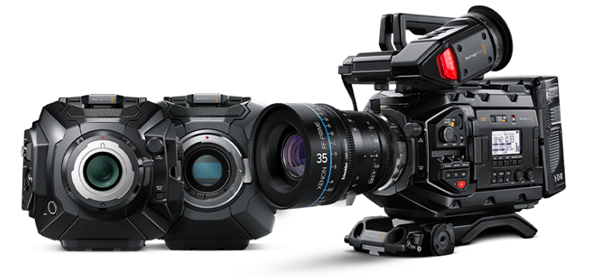
The most common metric for how cameras are categorised is based on the size of the sensor they house and this is often measured in millimetres (mm). You may have seen the terms megapixels, Super 35 or Super 16 being banded around but what do they actually mean?
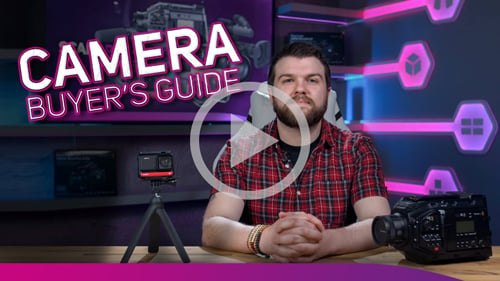
Choosing the right Camera
Sensor size
The most common metric for how cameras are categorised is based on the size of the sensor they house and this is often measured in millimetres (mm). You may have seen the terms megapixels, Super 35 or Super 16 being banded around but what do they actually mean?
Megapixels
Photosites or pixels on a sensor are what capture light and turn it into data. The unit megapixels defines how many million pixels a sensor is constructed from. As an example a 12 megapixel sensor has 12 million pixels. The more of these pixels we have the higher resolution images we can produce, storing more detail in our shots.
Although having more pixels doesn’t always guarantee a better image. If we take the size of the sensor into account, on a smaller sensor with smaller pixels, each pixel will get less light, which is well lit scenarios isn’t a problem but in darker conditions this can lead to an increase in noise within the image.
Super 35, Super 16 and full frame
In the photography world, full frame sensors replicate the size of traditional 35mm film and measure around 36mm x 24mm. Full frame sensors are generally what other sensors are compared to as this is a widely used industry reference.
In cinema sensors have developed based on the Super 35 standard which measures in slightly smaller at 24x89mm x18.66mm. If we were to compare this to a stills standard format it would be roughly the size of an APS-C sensor.
Super 16, like Super 35 was developed based on an existing film format, 16mm. Super 16 is designed to give a wider field of view than 16mm with dimensions of 12.52mm x 7.41mm when compared with 16mm film which is 10.26mm x 7.49mm.
Crop Factor
With all of the above information on how we measure sensor sizes we can better understand an effect known as crop factor. Lenses produce an image circle, which is the light projected from the back of the lens onto the sensor. In lenses designed for full frame sensors, this image circle will cover the sensor to avoid vignetting, or a dark/black circle around the outside of the image. When we place one of these lenses on a camera with a smaller sensor the image circle stays the same size. This results in the sensor only seeing a smaller area of the image, or narrowing the field of view. As an example, when comparing APS-C to full frame sensors we see a crop factor of 1.5.
To calculate the crop factor we would divide the diagonal dimension of the 35mm standard by the diagonal dimension of the sensor we are comparing with. As an example, we will use Super 35. Super 35 film has a diagonal measurement of 31.11mm whilst full frame has a diagonal of 43.27, so 43.27/31.11 = 1.390871102539376406300225008036 or 1.39 when rounding. This means we have a crop factor of 1.39 when shooting on super 35 when compared to full frame.
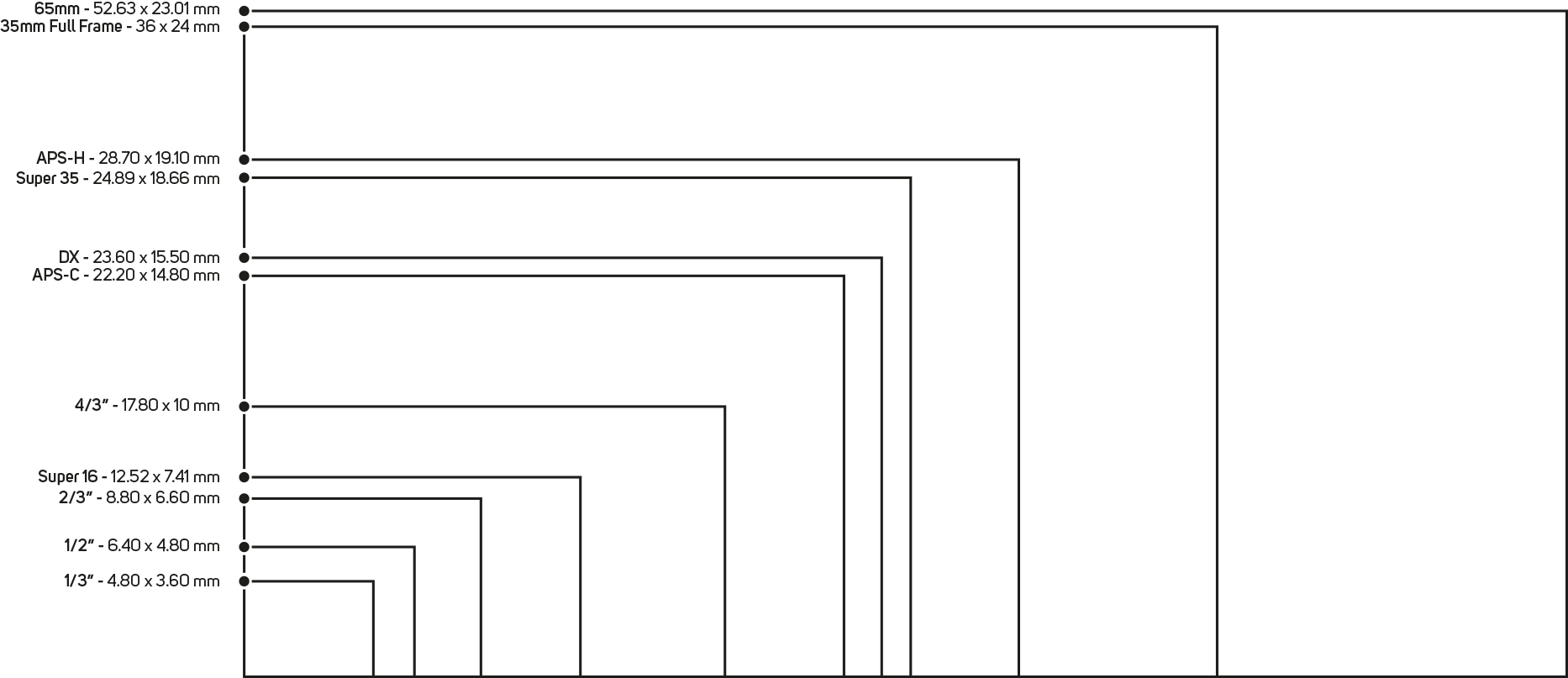
| Type | 1/3" | 1/2" | 2/3" | Super 16 | 4/3" | APS-C | DX | Super 35 | APS-H | 35mm FF | 65mm |
| Sensor Size (W x H) mm | 4.80 x 3.60 | 6.40 x 4.80 | 8.80 x 6.60 | 12.52 x 7.41 | 17.80 x 10 | 22.20 x 14.80 | 23.60 x 15.50 | 24.89 x 18.66 | 28.70 x 19.10 | 36 x 24 | 52.63 x 23.01 |
| Sensor Diagonal | 6 mm | 8 mm | 11 mm | 14.55 mm | 20.41 mm | 26.70 mm | 28.40 mm | 31.10 mm | 34.50 mm | 43.30 mm | 57.44 mm |
| Crop Factor | 7.21 | 5.41 | 3.93 | 3 | 2 | 1.62 | 1.52 | 1.39 | 1.26 | 1 | 0.75 |
So, what are my options?
Cine/Large format
Large format cameras, or Cine cameras, are specially designed for the high end cinematography market. Often characterised by their large sensors, recording formats, high resolutions and professional connections they are the “go to” on most advertisement, short and feature films.
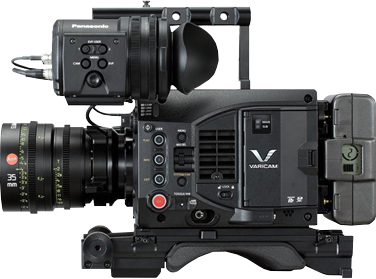
Cine cameras often allow you to record in a log profile, maximising the dynamic range available in camera. This helps to capture incredible detail and colour.Another defining feature of large format cameras is the support for detachable lenses. This gives you greater choice when deciding how to shoot. These cameras are often kitted out to on large rigs and have loads of accessories to give you the ability to cover any shoot.
Video
Video cameras can range from your everyday handycam up to action cameras and prosumer and professional camcorders. These cameras don’t often offer RAW recording codecs but are much more lightweight or portable than a fully rigged cinema camera.
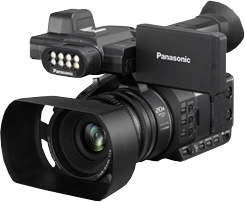
New video cameras shoot high resolutions and frames rates and often feature a fixed lens. These cameras are fantastic choices for corporate, wedding and nearly any other videography scenario.
Action cameras themselves are incredibly rugged and can be mounted just about anywhere. This lets you capture shots where other cameras just can’t.
Action Cameras
Action cameras themselves are incredibly rugged and can be mounted just about anywhere. This lets you capture shots where other cameras just can’t.
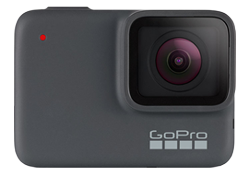
Studio/ENG
Studio and ENG (Electronic News Gathering) cameras are a staple of live production and broadcast. There interchangeable lens mounts and support for lens servos, for easy control of zoom and focus, make them ideal for most studio and field production.
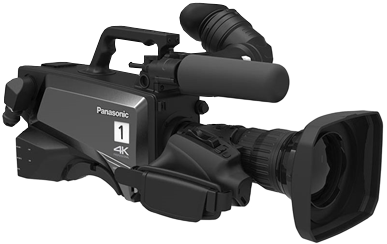
ENG cameras tend to have built in ND filters allowing you greater control over exposure whilst out in the field. Studio cameras on the other hand are more suited to controlled environments and can be controlled remotely with a CCU, or Camera Control Unit.
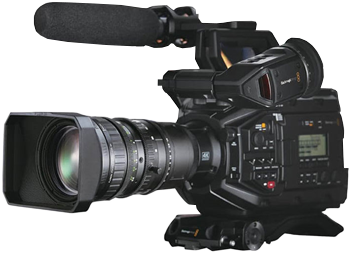
One major difference between Studio and ENG cameras is that Studio cameras generally do not tend to record internally. Instead they are designed to output via SDI for connection to a mixer or recorder.
VR & 360° production
360° cameras are quite new to the market and utilise two or more sensors and lenses that each cover a wide field of view. These images are then stitched together to give you a full 360° spherical image.
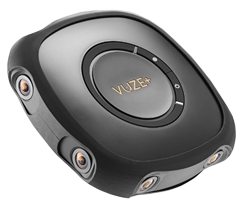
Although they are a new competitor in the camera world there are already many different types of 180° and 360° cameras ranging from small handheld and action cameras all the way up to professional VR cameras that shoot 8K per eye!.
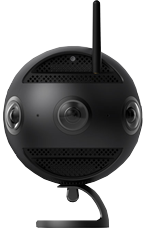
Photo Cameras
For the still photographer DLSR and DLSM cameras are the norm. DLSR or Digital Single Lens Reflex cameras use a traditional mirror arrangement that reflects light through a prism in the cameras body to be displayed in the viewfinder. DLSM or Digital Single Lens Mirrorless cameras pass light directly to the sensor which then send a preview to the viewfinder. Both DLSR and DSLM cameras have large sensors for capturing crisp detail in every shot. With support for a range of capture modes like burst, which can capture a series of images and allows you to choose the best shot later.
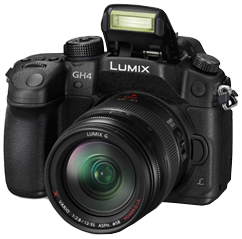
Due to their high quality and affordable pricing DSLR and DSLM cameras have also become a favourite of Vloggers everywhere, as they can also often shoot video.
IP/PTZ
As both IP and PTZ cameras are designed to be remote they do not record internally but instead output a live signal. PTZ cameras offer you the ability to Pan, Tilt and Zoom (PTZ!) remotely. These are often placed in hard to reach places where having an operator is just not feasible.
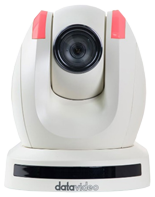
IP cameras can connect directly to your network meaning you no longer need runs specific video cables, patch bays and mixers. Using technology like NewTek’s NDI (Network Device Interface) you can work remotely and scale up your workflow far easier than in with traditional cameras. It’s worth noting that a lot of PTZ cameras also support IP video as well so you can mix fixed IP cameras with PTZ cameras as your requirements change.
The best cameras
There you have it, everything you need to know when choosing a camera. We hope you've found this buyers guide helpful. Don't hesitate to contact one of our friendly advisors for more advice if you still have questions on how to select the perfect camera. If you’re all set to go we recommend checking out the cameras from these top brands.
VIEW RANGE